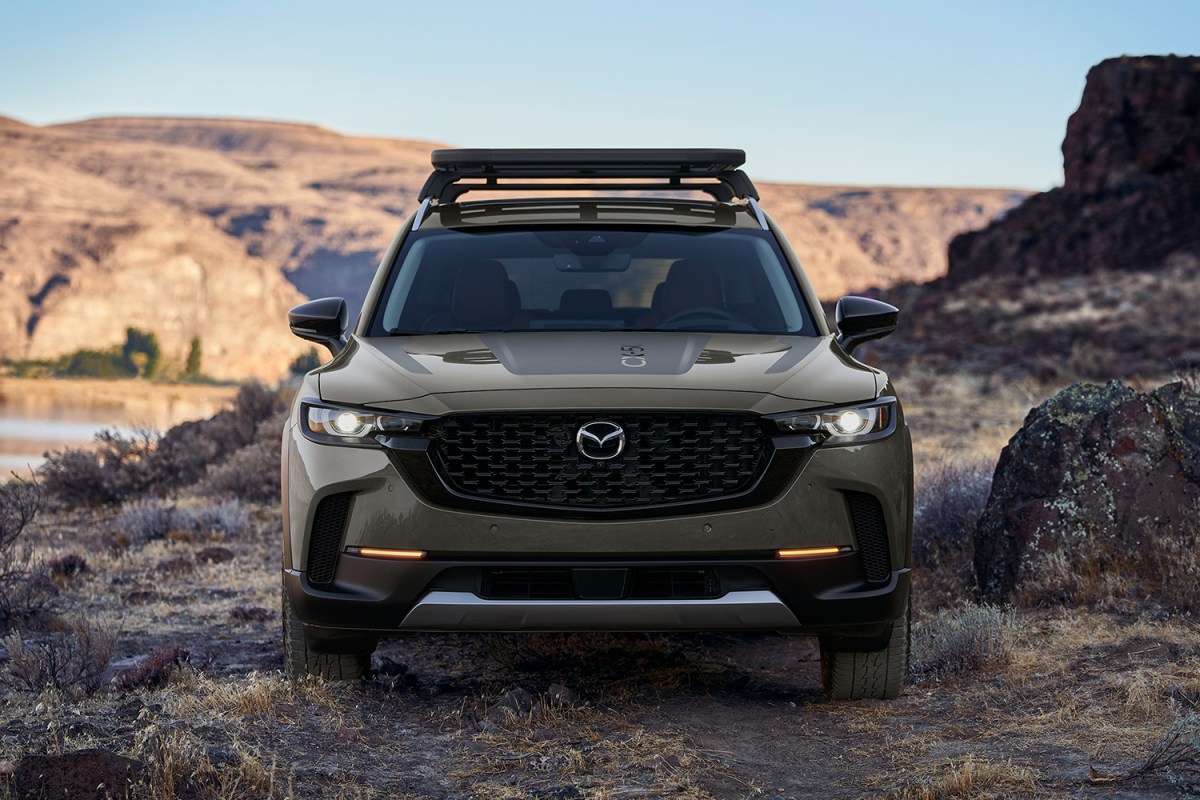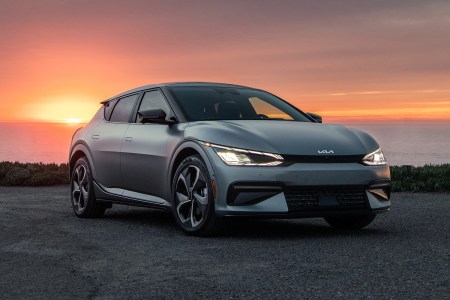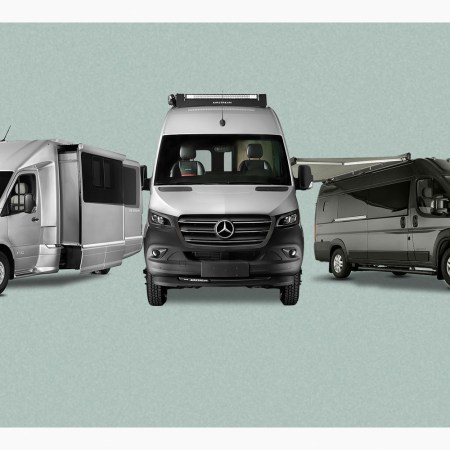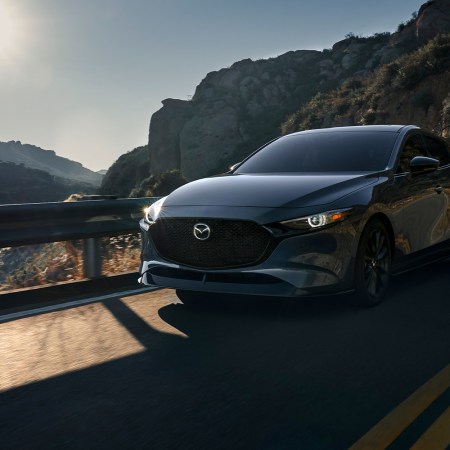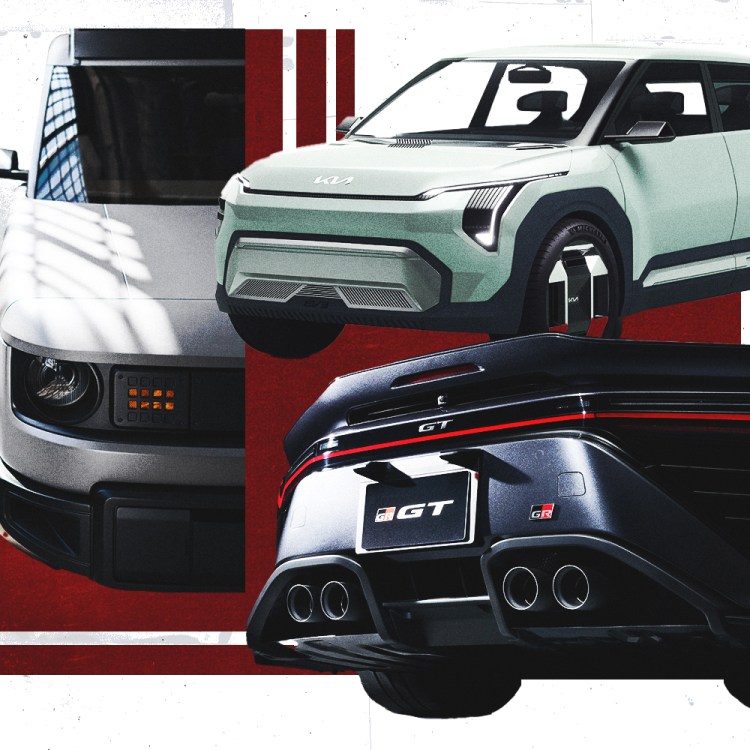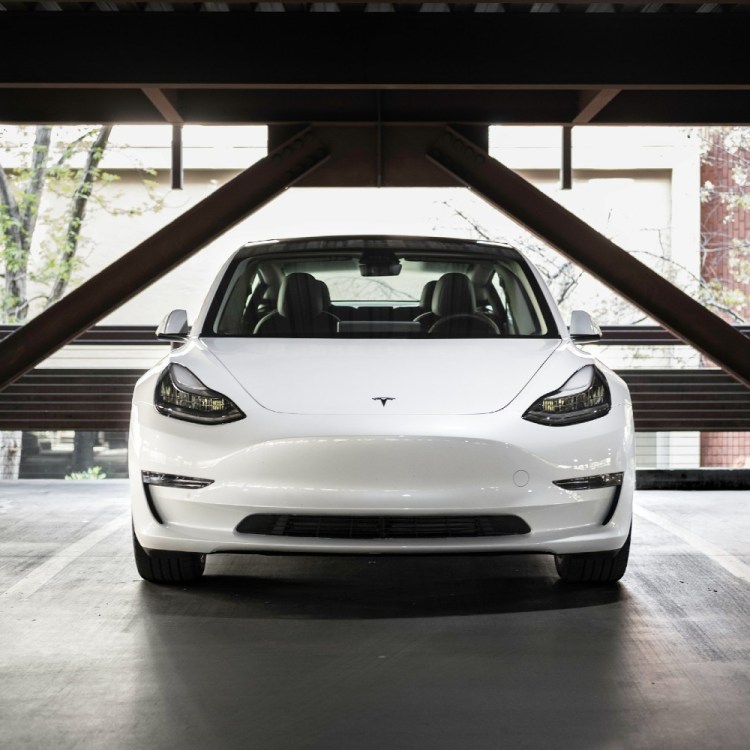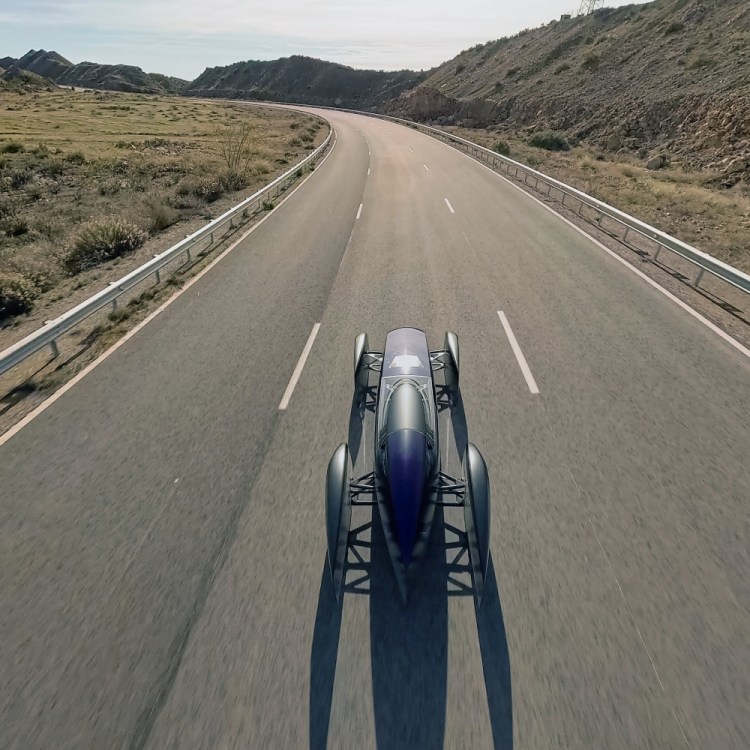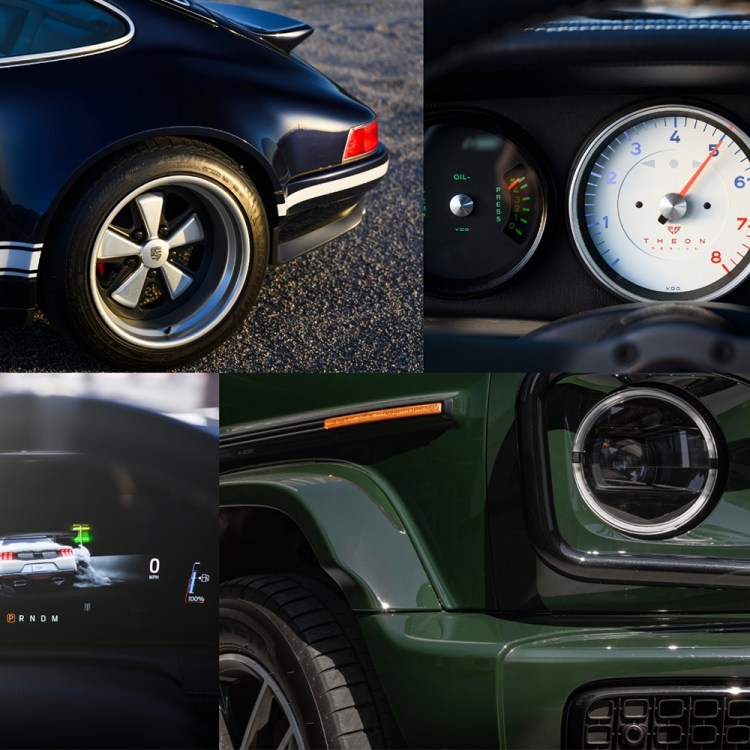The crossover segment is arguably the most competitive category in the American car market. Any brand aiming at the middle-to-upper class sweet spot has at least one vehicle that blends the DNA of a station wagon and small SUV, vying to satisfy buyers who like utility, but not too much utility in their daily driver.
For some brands, like Mazda, this means doubling down on cash cows to try and capture more market share. New for 2023, the Japanese brand launched the Mazda CX-50 — eyeing “a more outdoorsy consumer,” according to the company — which adds a second “core” vehicle to the compact SUV/crossover segment of its lineup.
The number of drivers who need more off-road capability than the brand’s first “core” vehicle and best-seller, the CX-5, remains up in the air. Mazda would like to think the CX-50 provides more ruggedness than competitors like the Subaru Outback, Toyota RAV4 and Volkswagen Atlas, but in a cushier package. Is it enough to warrant the need for this almost identical option?
Given that my daily driver is a 2016 CX-5, I was curious to see just how different the CX-50 is in practice. After spending two weeks with Mazda’s newest entrant, I still remain confused about what makes it a worthy and distinctive deviation from the brand’s proven flagship, but that doesn’t mean it won’t become another success.
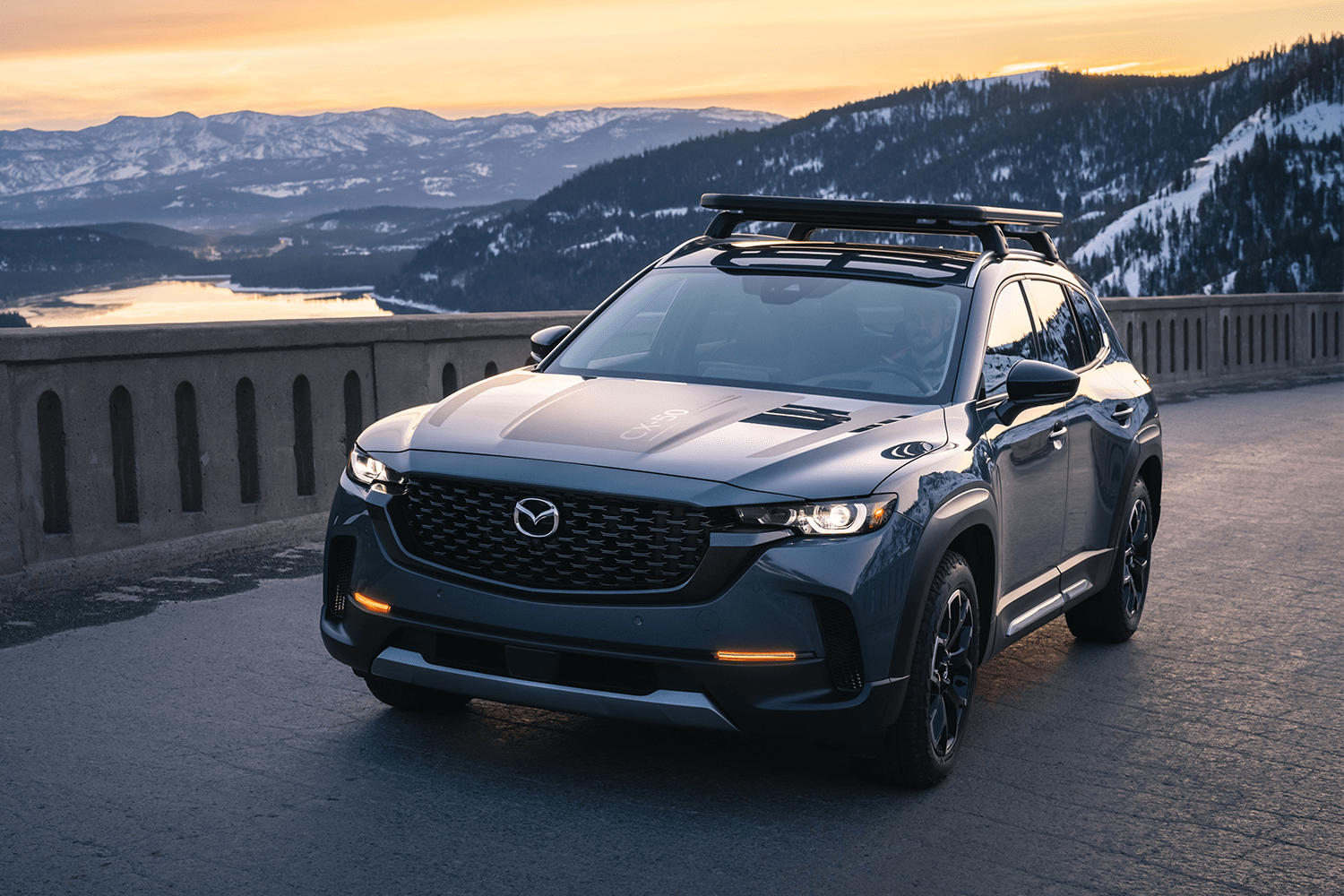
The Mazda CX-50 vs. CX-5
Both the Mazda CX-50 and CX-5 share the same powertrain with standard all-wheel drive (but not the same platform). The new model is noticeably larger: longer by about six inches, wider by three and lower by about two. Pricing is also very close between them (starting around $27,000 and topping out in the low $40K range). Another main difference is that the CX-50 is built in the U.S., whereas the CX-5 is produced in Japan.
Beyond that, a Mazda representative told me that the CX-5 “is intended for more urban areas while the CX-50 is meant for getting out into nature…as different products meant for different customers.”
In practice, that probably doesn’t apply much to the average driver. You won’t feel a huge difference beyond a slightly sportier feel from the CX-5. Could the CX-50 perform better on gravel and light snow? Maybe, with Off-Road mode engaged, but it’s not going to be decisive. What I can tell you is that the CX-50 feels quite a bit larger in the cockpit compared to the tight fit of the CX-30 (the step down in the CX lineup, which I drove earlier in the year and felt almost closet-like even for my 5’6” frame).
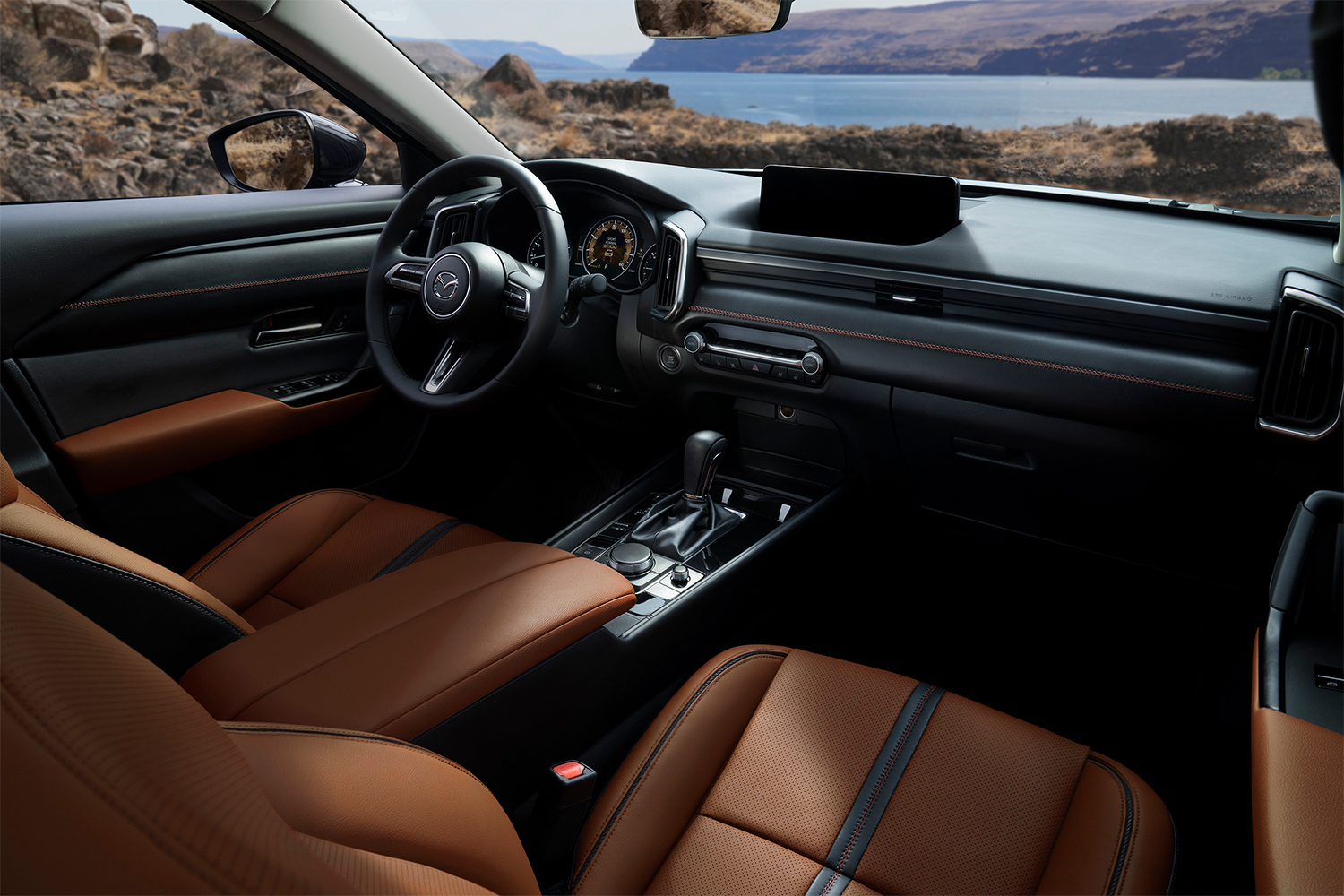
Go Turbo or Go Home
I’ve had a reliable and pragmatic experience with Mazda over the years. I passed my driving test in a bright red 2008 Mazda3 hatchback. My best friend at the time learned on a mid-2000s Tribute. These were middle-tier cars that, if you drove them just right, injected a bit of sportiness into your daily life and had enough flavor to stay interesting and practical through all four seasons.
Something must have stuck with me because my fiancée recently convinced me to sell our 2014 Subaru Impreza Sport in favor of making the CX-5 our only car (to be fair, that SUV has done everything we’ve asked of it, and more). For better or worse, the CX-50 feels like an abridged evolution of the CX-5, offering marginally more functionality for those in the market for an Outback, Honda CR-V or any other of the myriad choices buyers have in this segment.
Review: Kia Goes After a New Crowd With the Upscale 2022 EV6
A little less curb appeal means more range for the new electric SUVSome of that old-school Mazda spunk is there, but you’re definitely going to need the turbo to feel it. The top trim Turbo Premium Plus is the best option for the CX-50, especially if you’re going to put the crossover to work as intended with loads of gear and people across all seasons. I found the ride to produce a nice middle ground between sporty and touring when put through a variety of road environments. For towing, the turbo also adds considerable capability to the CX-50’s capacity, allowing for up to 3,500 lbs. of hauling versus 2,000 lbs. without.
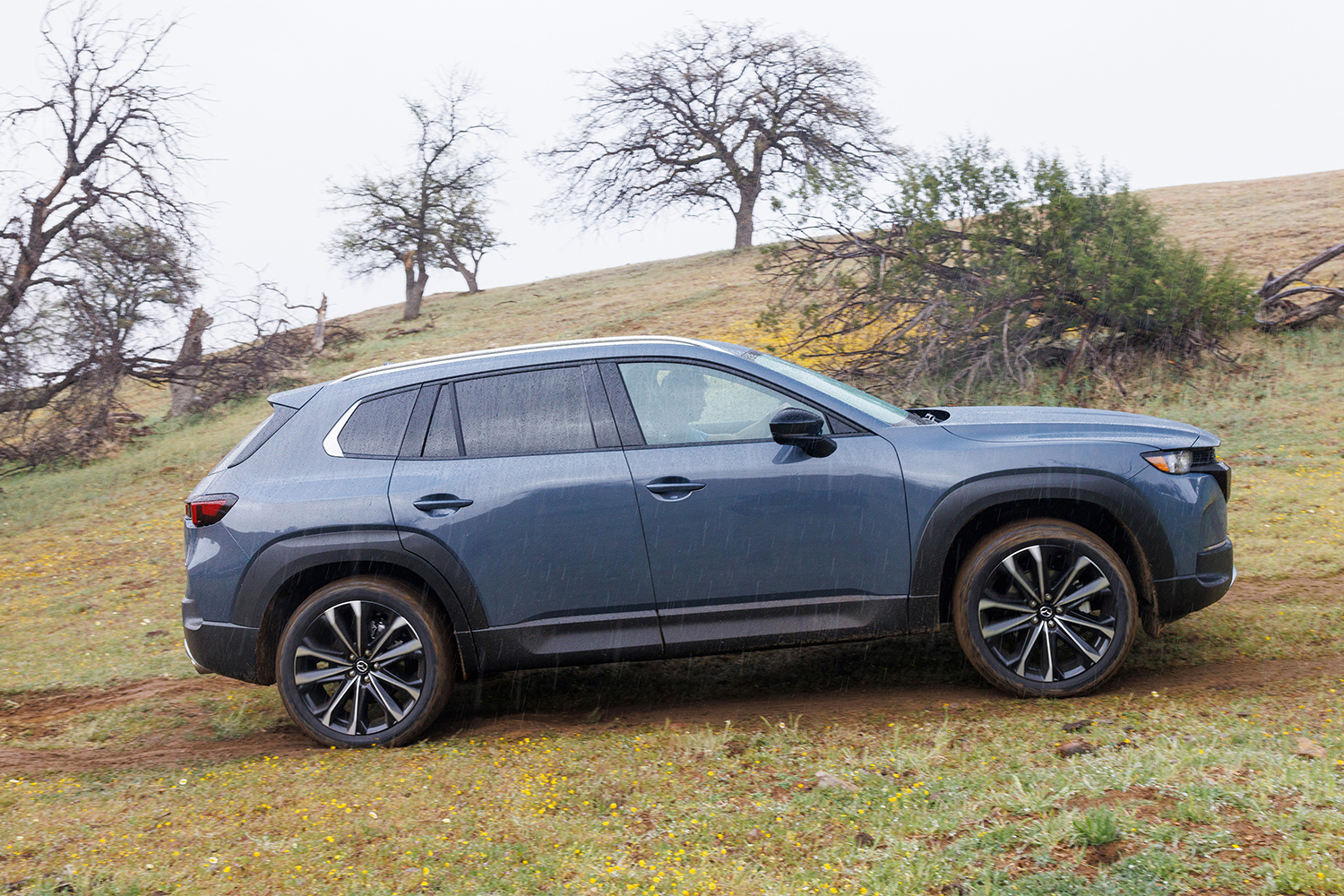
An Unclear Path Forward
The larger question remains: Did Mazda really need to go through the whole process of creating a slightly different CX-5?
If the brand’s future revolves around making slight tweaks to an existing model, and calling it a new car, the journey ahead looks rocky. Any potential buyer is not only looking for significant differentiating factors, but is definitely considering an EV. It’s becoming a tougher call to ask buyers to pay a price tag north of $40,000 for something without European badging, and to assume ongoing high prices for premium gas.
That being said, I grew to like the CX-50 for what it is. The overall drive is sporty, responsive and tight at every turn whether it’s out of a parking lot or deep into a road trip. It may not convince those considering a BMW X3 or Audi Q3 to switch brands, but the CX-50 will beg you to test the boundaries of the turbo the more you decide to open it up.
That predictable interior is functional, if nothing else, and cargo space is ample with one-click folding seats opening up a wide rear end. My road bike fit nicely in place (fully assembled) in the back and I’d bet multiple pairs of skis plus winter gear would do the same. However, even on the top-line Bose system, the stereo comes up short on the freeway. It can’t compensate for expected road noise (even after adjusting the specific setting for it), largely sounding lost and muffled.
There is a sweet spot where the CX-50 could exist, but it’s uncertain for how long. It gives fully optioned Outback and Hyundai Tucson buyers something else to consider, but with less off-road capability than the former. There’s also the larger electrified question, of which Mazda is still a few years away from being partially competitive with most of the rest of its class. In any case, to not have at least a hybrid CX-5 or CX-50 available now is a huge detriment when trying to show face in an oversaturated category.
For the immediate future, though, the CX-50 offers Mazda’s enduring spirit in a quality, yet less-than-exhilarating package. It’s duly capable of just about anything that the brand’s targeted buyer will ask of it. Maybe that’s all crossover buyers are looking for.
This article appeared in an InsideHook newsletter. Sign up for free to get more on travel, wellness, style, drinking, and culture.
